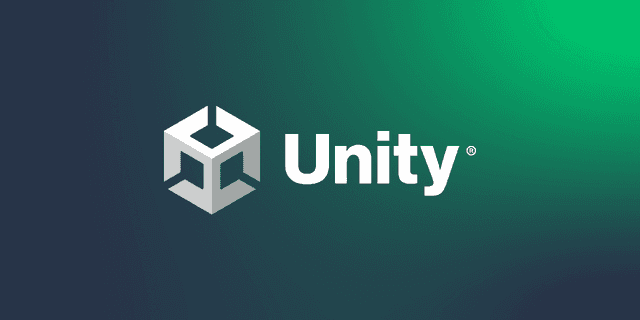Layout
In printed media such as books, magazines, and newspapers, layout refers to the placement of text and images on the page. In digital media, layout pertains to the arrangement of elements on web pages.
What is Layout?
Websites contain various types of content such as text, images, and videos, as well as different interface elements. All elements on a page are presented to users within a layout determined during the design phase.
The layout you use on your web page is determined by various factors, such as the content you offer, your target audience, and your purpose. For instance, if you are creating a content-heavy blog with text and images, you should design your layout to highlight your content. For e-commerce sites, you might prefer layouts that prominently display current promotions and products. For single-page websites created for showcasing products and services, a layout that highlights images could be effective.
Considerations for Creating a Layout
Creating a layout is one of the initial steps in the web design process. Once the placement of elements on the page is determined, design and development work follows. A good layout forms the foundation of the user experience you offer to your users. Here are some key points to consider when creating a layout:
- Creative Ideas: Not all creative ideas are necessarily good. A layout that deviates too much from user habits can negatively impact the user experience.
- Purpose Suitability: It’s essential to choose a layout that best fits the intended use.
- Responsive Design: The layout should be adaptable to different screen sizes. You need to consider devices with various screen sizes.
Components of a Layout
When it comes to web design, there are numerous layout options available, especially with the creative input from designers. Regardless of how many layout types exist, certain sections are expected by users on a web page.
- Header Section: The header, or the top section of the page, usually contains the website's logo and slogan. Menus, search boxes, and navigation elements are often located here.
- Content Section: This is where all the text, images, and videos on your website are placed. Content can be displayed in single, double, triple, or more columns. Additionally, this section may include sidebars on the left or right (or both), which can contain widgets, advertisements, and menus for user interaction.
- Footer Section: The footer, located at the bottom of the web page, can be simple, containing a few lines of text, or it can be more complex with different widgets and menus.
Types of Layouts:
Some commonly preferred layouts by designers and accepted by users include:
- One-Column Layout: This layout, consisting of a single column, is widely used for landing pages, mobile-friendly designs, and text-heavy designs.
- Two-Column Layout: In this layout, the content section is divided into two columns, which can be of equal width or have one wider main content column and a narrower sidebar. This can be extended to three or more columns.
- Grid Layout: A grid layout divides the web page into three or more columns, making it suitable for websites with strong visual content.
- Zigzag Layout: Named after the eye movement of users as they navigate the page, the zigzag layout balances images and content. Users read from left to right, then scroll down and read from right to left, creating a Z-shaped eye movement.
Layout is a fundamental aspect of both print and digital media, determining the placement and presentation of content. Whether for printed materials or web pages, an effective layout enhances the user experience and ensures that content is easily accessible and visually appealing.
Our free courses are waiting for you.
You can discover the courses that suits you, prepared by expert instructor in their fields, and start the courses right away. Start exploring our courses without any time constraints or fees.



